A closer look at the heart of the continent.
A closer look at the heart of the continent.
By Sergio Rodríguez Gelfenstein
Although it may seem like a cliché, it’s worth recalling for the purposes of this analysis the prophecy of the English geopolitician Halford John MacKinder, who stated at the beginning of the 19th century that “whoever dominates Central Asia dominates Eurasia, and whoever dominates Eurasia dominates the world.” His views, outlined in the “Heartland Theory,” established that control of the vast continental heartland of Eurasia, which includes Central Asia, Central Russia, and Siberia, would grant a strategic position to dominate the rest of Eurasia and, by extension, the world.
Beyond the veracity of this theory, the truth is that the new configuration of global power that has been taking place in recent years has become evident in the greater Eurasian region. Two characteristics emerge in this vast geographic expanse, one political and the other geographic, that disrupt global geopolitics with unusual depth. The first is that we are talking about a region where there is no hegemonic presence of the United States or Europe, especially since the defeat and withdrawal of the United States and NATO from Afghanistan in August 2021.
The second is that the territory in question is a large landmass, and while it has coastlines to both the north and south, its fundamental axis is far removed from the sea. To this extent, the configuration of global military power, which has been structured for at least five centuries around naval primacy, has been rendered ineffective, requiring profound doctrinal adjustments, particularly in military terms.
First, China and Russia have been establishing a network of organizations and structures, gradually joined by other nations, some of them very powerful and important in regional and global dynamics, creating a web of diverse institutions—economic, financial, cooperation, and security—that are giving rise to a new ordering of the region and, consequently, the world. Added to this is an enormous number of resources allocated to generating real and effective integration mechanisms, which are evident in roads, railways, dams for generating hydropower and optimal water use, the construction of ports and airports, and even digital integration mechanisms that are clearly benefiting the participating countries.
Of course, the West wasn’t going to accept this quietly and has stepped up all kinds of actions to torpedo and make impossible the realization of this great project of global dimension, especially since 2020. A series of conflicts inherited from the colonial past on the one hand, difficulties inherent to government management on the other, as well as erroneous governmental practices, have been exploited by those seeking to “fish in troubled waters.”
A chronological account shows an escalation of conflicts in the region, curiously along the Silk Road. Even before its shameful flight from Afghanistan and during its powerful military presence in that country, Washington was plotting coups to destabilize the region. In October 2020, it carried out its first attempt to overthrow the Kyrgyz government; attempts were repeated in November 2021 and more recently in July 2024. The United States has not forgiven it for its membership in the Shanghai Cooperation Organization, the Commonwealth of Independent States , and the Eurasian Economic Union, through which it has strengthened its ties with Russia and China.
But above all, the United States refused to tolerate the cancellation of the agreement allowing it to use the so-called Manas Transit Center at Bishkek International Airport, the country’s capital, in June 2014. From then on, the Kyrgyz Armed Forces began a strong rapprochement with Russia.
That same year, in June, the United States had inflamed the age-old dispute between India and China in the Himalayas, particularly along the so-called Line of Actual Control (LAC), specifically in the Galwan Valley in Ladakh. This valley is located in the disputed region of Kashmir (another conflict zone inherited from the ambiguous demarcation drawn by British colonialism). The presence of rivers, lakes, and snow-capped mountains means that this de facto border varies and often generates confrontation. India and China share a border of more than 3,440 kilometers and have overlapping territorial claims.
However, over the past three decades, the two countries (now powers) have held various rounds of dialogue (mediated by Russia in recent years) culminating in August this year with a ten-point consensus to move forward in resolving the border dispute following the visit of Chinese Foreign Minister Wang Yi to New Delhi where, together with his Indian counterpart, the Director of the Office of the Central Foreign Affairs Commission and Special Representative Shri Ajit Doval signed this important document. These agreements paved the way for Prime Minister Narendra Modi’s successful visit to Beijing earlier this month. This meeting represents a severe blow (perhaps the strongest in recent years) to US strategy in the region.
Entering 2022, on January 5, massive riots broke out in Kazakhstan, during which protesters attacked police and military personnel. President Kasym-Zhomart Tokayev denounced the attempted coup and requested assistance from the Collective Security Treaty Organization (CSTO), a Russian-led alliance called in to support the Kazakh authorities. On January 7, the terrorist attacks were halted, and on the 19th, the CSTO military contingent withdrew from the country. The world, and especially the West, watched with extreme surprise as a military force called in to fight terrorism abandoned a country after completing its mission. It did not transform itself—as is customary—into an occupation force.
Kazakhstan is a member of the Commonwealth of Independent States, the Economic Cooperation Organization, and the Shanghai Cooperation Organization, and a major producer of oil and natural gas . It also possesses vast mineral resources, which have allowed it to develop a powerful steel and metallurgical industry. Perhaps the most important fact is that the country is the world’s largest producer of uranium.
In April of that year, Imran Khan, Prime Minister of Pakistan, was removed from office by Congress after a long period of accusations. A month earlier, Khan had alleged that the United States was behind a letter threatening him, exposing it as evidence of a foreign conspiracy to overthrow his government. Although he sought to remain in power, he later retracted the letter, explaining that it was “a slip of the tongue.” On April 10, a vote of no confidence was passed, removing him from office. Although Pakistan has historically been a close ally of the United States, it is also a close ally of neighboring Iran and China.
Particularly with China, Pakistan established a strong bond to counter its enmity with India, on the one hand, and simultaneously to confront the terrorism of the East Turkestan Islamic Movement (ETIM), which operates in both countries by recruiting Uyghur extremists living on both sides of the border. China has made massive investments in Pakistan, including financing a significant expansion of the deepwater port of Gwadar, located at the apex of the Arabian Sea and at the mouth of the Persian Gulf , as part of the China-Pakistan Economic Corridor (CPEC) within the framework of the Silk Road. Khan’s rapprochement with China was viewed negatively by Washington, which worked to force his removal.
Two years later, in 2024, something similar happened to Sheikh Hasina, Prime Minister of Bangladesh, after protests in the country escalated into a massive uprising in August, leading to her overthrow and flight. Two months earlier, Prime Minister Hasina claimed that a “white country” was plotting to overthrow her government and that this “white country” promised recognition if she established an airbase on the country. She also outlined the foundations of a conspiracy to create a Christian country along the lines of East Timor and Burma. Although Bangladesh adopted a foreign policy of strategic balance, remaining equidistant between major regional and global powers China, India, and the United States, its expanding ties with China raised red flags in Washington. Bangladesh was becoming a major destination for Chinese investment, strengthening bilateral economic cooperation.
It is worth noting that China and Bangladesh maintain a “comprehensive strategic partnership of cooperation,” which has been strengthened by Bangladesh’s participation in China’s Silk Road project, through which a significant number of infrastructure projects have been funded, such as the modernization of the Mongla port and the creation of industrial economic zones in the country. This is all within the framework of the Bangladesh-China-India-Myanmar (BCIM) Economic Corridor, a strategic project that seeks to strengthen regional infrastructure and trade.
Bangladesh Army has also been equipped with Chinese tanks, its navy has Chinese frigates and missile boats, and the Bangladesh Air Force operates Chinese fighter jets.
TO BE CONTINUED…



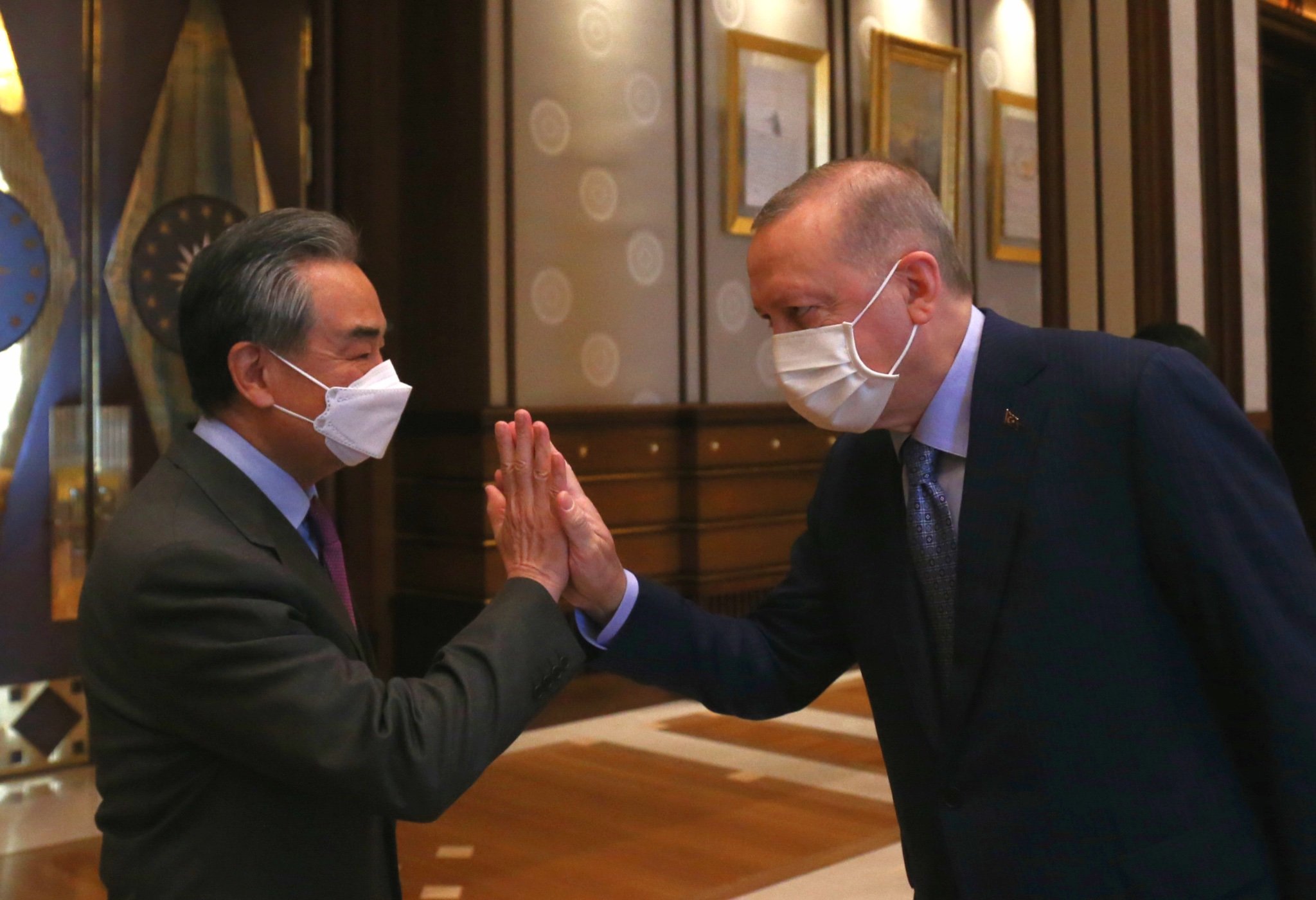
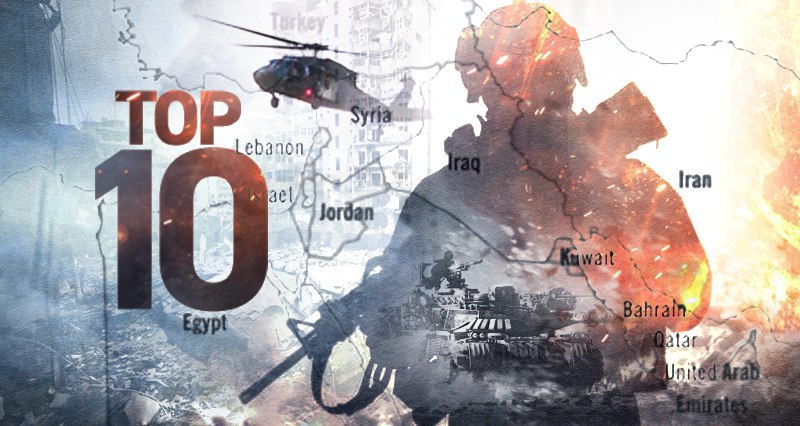


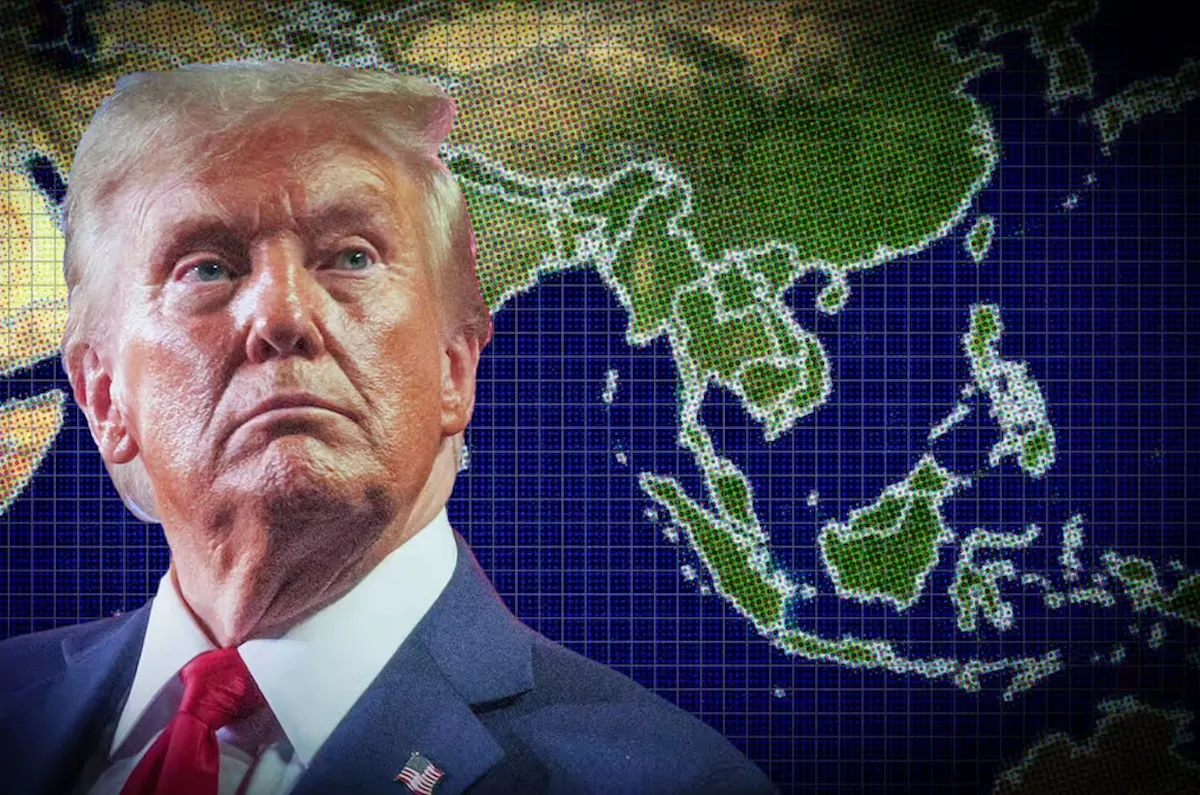
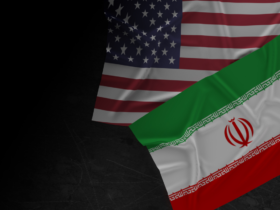
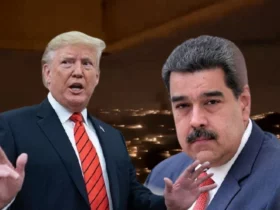

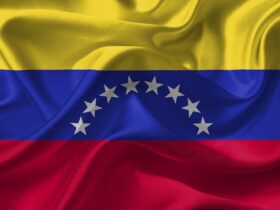
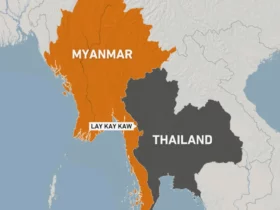



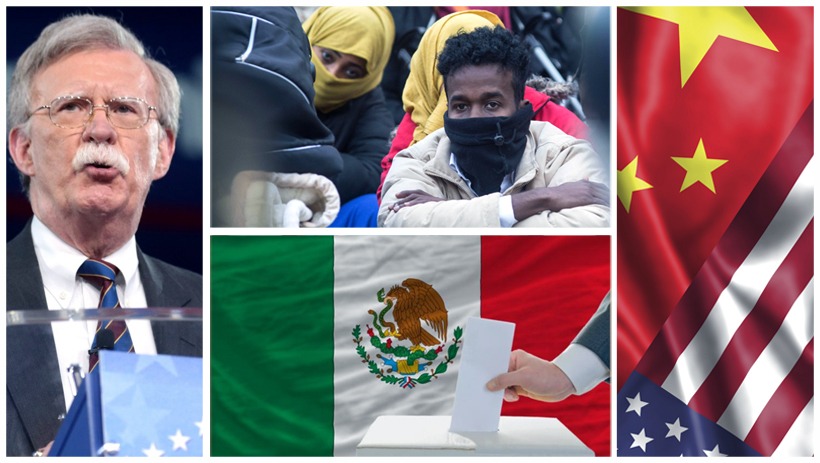
Leave a Reply